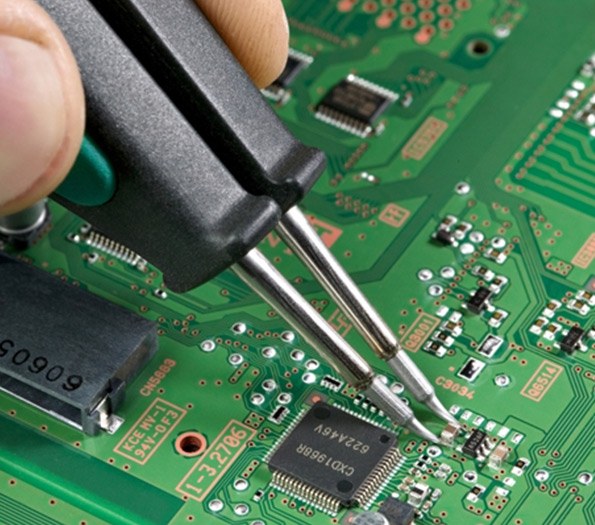

The Cost of Mirror Glass Factors Influencing Pricing
Mirror glass is a ubiquitous material in both residential and commercial settings, providing functional benefits alongside aesthetic appeal. From sleek bathroom mirrors to reflective surfaces in luxury retail spaces, the demand for high-quality mirror glass persists. However, the cost of mirror glass can vary widely based on several key factors, including materials used, manufacturing processes, size and thickness, and market conditions. This article explores each of these factors and how they collectively influence the pricing of mirror glass.
1. Materials Used
The primary material in mirror glass is, of course, glass itself, which can be produced from various raw materials, including silica sand, soda ash, and limestone. The quality and type of raw materials directly affect the final cost. For example, low-grade glass may be cheaper but can result in poorer reflectivity and durability, making it less desirable for high-end applications. Additionally, specialized coatings are often applied to enhance qualities such as UV protection, anti-scratch properties, or increased durability. These coatings add to the production cost, contributing to the final price of the mirror glass.
2. Manufacturing Processes
The manufacturing process is another crucial element in determining the cost of mirror glass. The most common method involves applying a reflective coating, usually made of silver or aluminum, to the back of the glass. This process requires precision and control to ensure a uniform reflective surface. High-quality mirror glass often undergoes additional processes, such as polishing and cutting, which also increase production costs. For instance, creating curved or custom-shaped mirrors demands advanced technology and skill, which inevitably raises the price. Furthermore, modern manufacturing facilities that utilize automated processes generally experience lower labor costs, potentially affecting market pricing.
3. Size and Thickness

The size and thickness of mirror glass are significant factors that influence cost. Larger mirrors require more raw material, which increases their price. Furthermore, thicker glass not only uses more material but also necessitates more complex manufacturing processes, making it costlier. Custom sizes and shapes contribute further to the expense. For example, if a consumer orders a unique or oversized mirror, manufacturers will need to adjust their production lines, often resulting in additional charges for bespoke work.
4. Market Conditions
Market conditions, including supply and demand dynamics, also play a crucial role in the pricing of mirror glass. Economic fluctuations can affect the cost of raw materials, labor, and transportation. In times of recession, the demand for construction and renovation projects may decline, causing manufacturers to lower prices to stay competitive. Conversely, during a construction boom, prices may rise due to increased demand for mirror glass in various applications, such as residential buildings, offices, and retail spaces. Additionally, tariffs and trade policies can impact the prices of imported glass, further influencing market costs.
5. Transportation and Installation
Finally, the cost of mirror glass is affected by transportation and installation. Given the fragility of glass, careful handling and shipping are essential, often resulting in higher freight costs. Moreover, installation can be complex and requires skilled labor, particularly for larger or more intricate mirror designs. Homeowners and businesses alike may need to factor in these additional costs when budgeting for mirror glass, as professional installation services can significantly add to the overall expense.
Conclusion
In conclusion, the cost of mirror glass is influenced by a complex interplay of material quality, manufacturing processes, size and thickness, market conditions, and transportation and installation considerations. When purchasing mirror glass, consumers should be aware of these factors to make informed decisions that suit their needs and budgets. Understanding these elements not only helps in comparing prices across different suppliers but also in assessing the quality and value of the products available in the market. Ultimately, investing in quality mirror glass can enhance both the functionality and aesthetics of a space, making it a worthwhile consideration for homeowners and businesses alike.